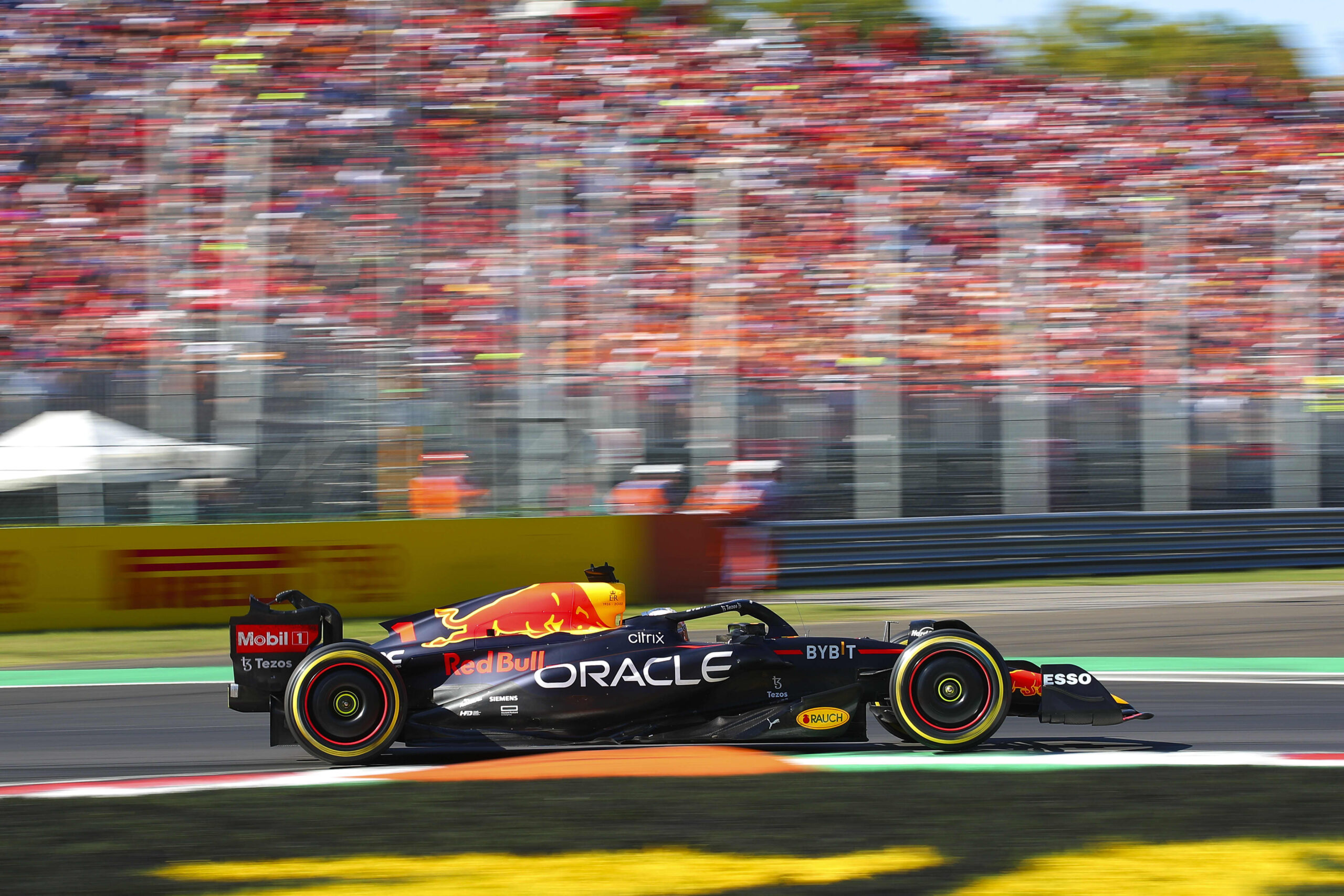The Blinking Enigma: How Formula One Drivers Master the Art of Vision at 354 km/h

In the heart-pounding realm of Formula One racing, every split second counts. But have you ever considered the impact of a blink? New research suggests that even the fraction of a second it takes to close and open our eyes can have a significant impact on a driver’s visual experience, particularly at mind-boggling speeds of up to 354 kilometers per hour.
Imagine this: during a single blink, lasting about one-fifth of a second, a Formula One driver could lose almost 20 meters of vital vision. When you take into account the average rate of blinking (around 30 times per minute), it becomes apparent that a driver may lose up to a staggering 595 meters per minute due to this natural reflex—a distance that surpasses a third of a mile.
While most people blink at seemingly random intervals, a recent study reveals that this is not the case for some elite Formula One drivers. Researchers, led by cognitive neuroscientist Ryota Nishizono and his colleagues at NTT Communication Science Laboratories in Atsugi, Japan, made a fascinating discovery: these drivers tend to blink at specific sections of the racing circuit during each lap.
Driven by his own experiences as a professional racing cyclist, Nishizono noticed a significant gap in scientific literature concerning blinking behavior in active individuals. Considering the high-stakes nature of motorsports, where even the slightest error can lead to life-threatening danger, he embarked on a groundbreaking study in collaboration with a Japanese Formula One racing team. Their mission: to unravel the mysteries of blinking during high-speed driving.
Equipping the helmets of three skilled drivers with eye-tracking technology, the team meticulously analyzed their blinking patterns across three iconic Formula One circuits: Fuji, Suzuka, and Sugo. Astonishingly, they discovered a strikingly predictable pattern in the drivers’ blinking behavior—an intriguing connection with acceleration.
It turns out that drivers are less likely to blink when changing speed or direction, such as while maneuvering through a curve on the track. However, on relatively straight and safer stretches, their blinking frequency increases. This unique revelation sheds light on the delicate balance between maintaining eye moisture and preserving visual information during critical tasks.
Jonathan Matthis, a neuroscientist from Northeastern University in Boston, who specializes in human movement, emphasizes the significance of this finding. He remarks that blinking is not merely a trivial action of wiping the eyes; rather, it is an integral part of our visual system. Matthis states, “We think of blinking as this nothing behavior, but it’s not just wiping the eyes. Blinking is a part of our visual system.”
Inspired by these captivating insights, Nishizono’s future research aims to delve deeper into the underlying brain mechanisms that determine when and why blinking occurs. Furthermore, he intends to explore how blinking behavior varies among the general population.
As we peel back the layers of human perception and cognition, this study provides a fascinating glimpse into the world of Formula One drivers. It reveals that even in the blink of an eye, there exists a delicate dance between maintaining focus and ensuring safety on the razor’s edge of speed. With each lap, these skilled racers navigate the tracks, seizing victory while battling against the ever-present temptation to blink.
So, the next time you find yourself behind the wheel or watching a Formula One race, spare a thought for the extraordinary visual acrobatics unfolding beneath those helmets. The blink of an eye may seem inconsequential, but for these racing warriors, it represents a vital fraction of time that can make all the difference in their quest for glory.



